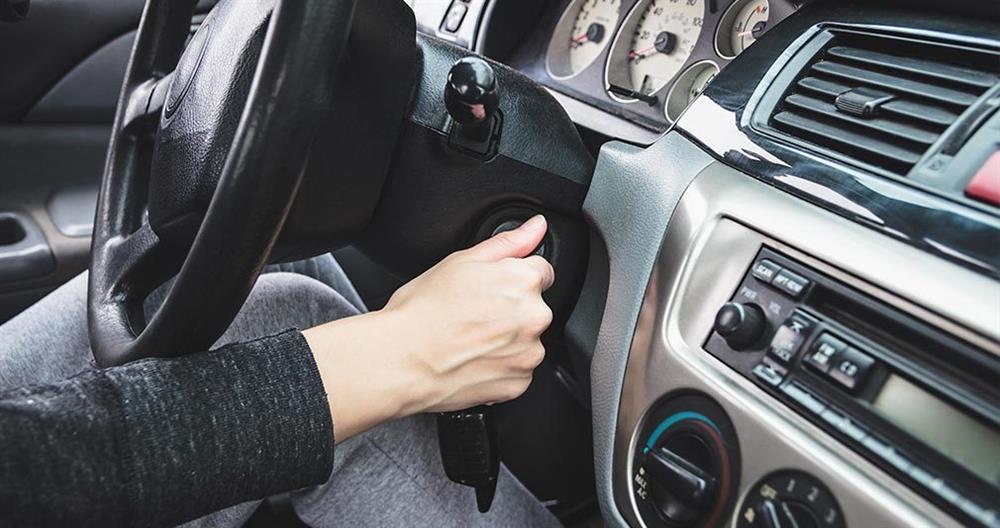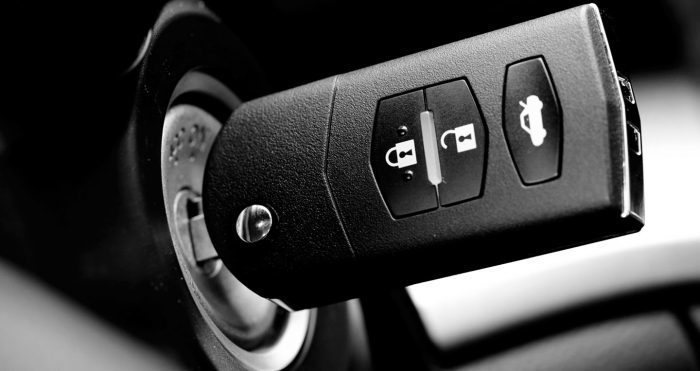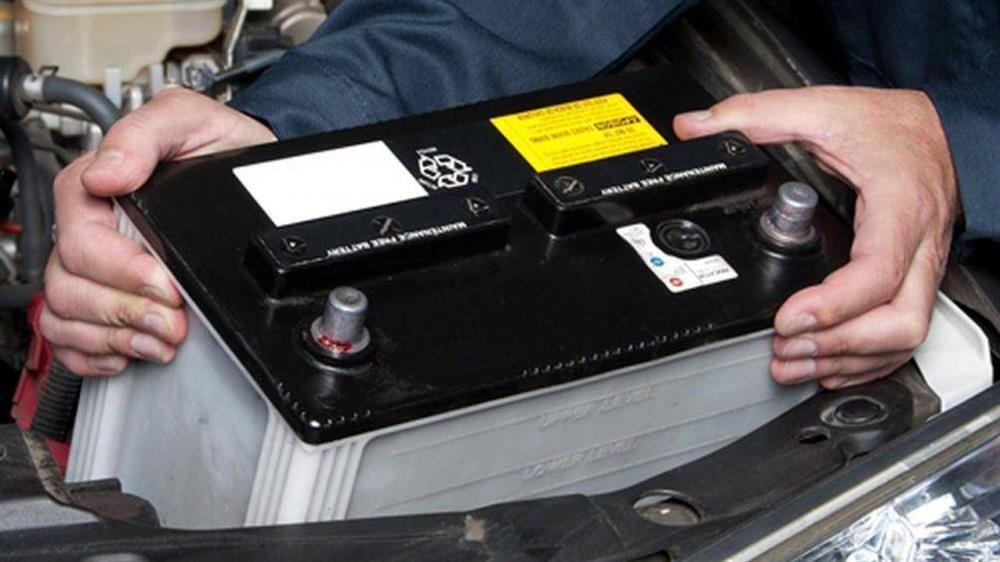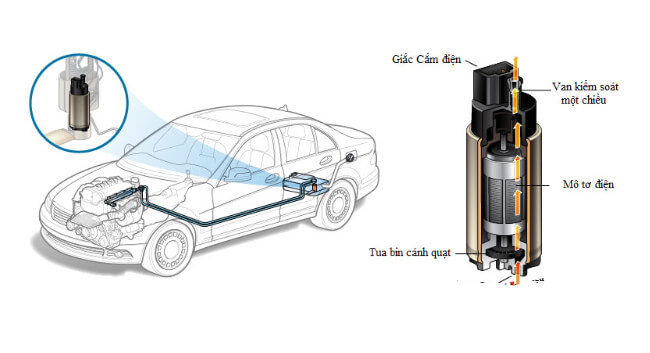Diesel cars are harder to start in cold weather than petrol cars
The weather has dropped to below 10 degrees Celsius, such as in the northern region these days, causing some cars to have difficulty starting, especially those using diesel engines. Experts believe that diesel cars are harder to start in cold weather than petrol cars because of the different operating principles of these two types of engines.

Diesel cars are often difficult to start in low temperatures.
Diesel engines do not use spark plugs to ignite the fuel-air mixture like petrol engines, but use the heat energy from compressed air to ignite the fuel when it is pumped into the combustion chamber. This means that the higher the air temperature, the easier the engine starts and vice versa.
Cold air will cause the diesel fuel to become more solid. The solidification point of diesel according to the Vietnamese standard is less than or equal to 6 degrees Celsius, but in reality, in Vietnam, even at around 8-9 degrees Celsius, the layer of stagnant fuel on the surface of the fuel filter began to solidify.
The deposited layer of diesel forms a film on the surface of the fuel filter, sealing off the entire filter surface, reducing the amount of fuel supplied to the combustion chamber, which is the main cause of difficult starting or even sudden engine stall.
In addition, low temperatures also make the lubricating oil become thicker, reducing lubrication ability and increasing starting resistance. Many cases of engine cranking occur because the engine has not reached the necessary speed, and the battery has run out of power, leading to the car being stranded and waiting for assistance.
How to fix it?
According to automotive technical experts, diesel cars’ difficult starting in cold weather is a normal phenomenon, and you should not worry too much but follow the following methods:
– Turn the key on and off 4-5 times:

Turning the key on and off helps air drying and fuel heating.
The first step when using a diesel car is to turn the key on and off multiple times to dry the air and fuel lines. Insert the key into the ignition, turn the key to the ON position, wait for the preheating indicator light (yellow spring symbol) to turn off, and then turn the ignition key back to OFF.
For vehicles with a Start/Stop button, turn on the ignition to preheat by pressing the Start/Stop Engine button without stepping on the brake. At this time, the electrical system in the car will switch sequentially from OFF-ACC-ON-OFF.
Do the same about 4 to 5 times depending on whether the weather is cold or not, then start the engine immediately, and the engine will start more easily. Once the engine has started, do not immediately step on the accelerator, let the car run without load for a while, then gradually press the accelerator and start driving.
– Manual priming helps improve fuel flow:
Diesel motorcycles usually have a round rubber knob on the fuel filter (priming pump). Pressing this pump multiple times will help improve fuel circulation and fill the high-pressure pump with fuel, making it easier for diesel motorcycles to start in extremely cold weather conditions.
– Use boiling water to heat the fuel:
In addition to the above methods, many experienced drivers also pour boiling water slowly into the high-pressure pump area and the fuel filter to “warm up” the temperature of the diesel fuel, helping to facilitate the circulation and evaporation of the fuel.
Furthermore, many truck drivers even light a fire in the tank and fuel lines to heat the fuel. However, experts do not recommend this method.
– Use winter-grade oil:
When frequently moving in cold areas, experts recommend using low-viscosity oil specifically designed for cold conditions, such as 0W40, 5W40… to eliminate oil thickening when starting up. However, you should consult with experts before changing the oil to achieve the best results.
What details should be checked for petrol cars that are difficult to start?
With gasoline-powered vehicles, cold weather usually does not affect them much. However, if your car has difficulty starting or cranking, pay attention to the following main causes:
– Weak battery:
A weak car battery is one of the common causes that make cars hard to start. There are many reasons why the battery in your car weakens, such as running out of power due to leaving lights and loads on; experiencing electrical leaks, or the battery being too old or the battery terminals being corroded,… In addition, the battery also works less effectively in cold weather than in hot weather.
To solve the case of a weak battery, you can use a car jump-starter or ask another vehicle for assistance when starting up. Experts also recommend replacing the battery regularly after about 2-3 years of use.

A weak battery is the primary cause of difficult and slow engine starting.
– Faulty starter:
The car starter, also known as the starter or ignition switch, is a small but important component on a car. Typically, when the car engine cranks for a long time accompanied by a clicking or ticking sound, it is likely that the car starter is faulty. This phenomenon often occurs when the car is cold, in the morning,…
In this case, it may be because the brushes inside the starter are worn out, the starter relay is damaged, or the internal connections are rusted and have poor contact… To deal with this, bring your car to a garage to check and replace the starter to ensure that your car continues to operate normally.
– Faulty ignition coil/spark plug:
Experts believe that the combustion process in the engine cylinder requires 3 factors: air, fuel, and spark. Among them, the ignition coil provides electrical voltage to the spark plug, helping the spark plug perform its ignition role.
If the ignition coil or spark plug malfunctions, there will be no electrical spark in the combustion chamber or a weak spark, causing the fuel-air mixture to not burn or burn slowly. To fix this, bring your vehicle to a garage to check and replace or adjust the ignition system to ensure proper operation.
– Clogged fuel injectors:
When the fuel cannot enter the combustion chamber or enters with insufficient flow, the car engine will have difficulty operating. As a result, the car engine cranks, especially for cars that have not been used for a long time. At this time, the fuel injectors may be clogged.
Therefore, regular cleaning of the fuel injectors, especially for older car models, needs to be regularly maintained by the vehicle owner. Cleaning the fuel injectors not only helps the engine operate powerfully and smoothly but also helps the car save fuel.
– Faulty fuel pump:

A faulty fuel pump can leave your car stranded at any time.
When starting the car engine, the ECU will activate the relay to provide power to the fuel pump. The pump sucks fuel from the fuel tank through a one-way valve, filters the fuel, and then goes to the fuel injector. The one-way valve helps maintain excess pressure in the system when the pump is not working.
If the fuel pump is faulty, and there is insufficient pressure, the fuel will not be properly injected or injected with insufficient flow for the combustion process to take place. This leads to the difficult starting of the car engine.
Typically, fuel pumps are quite durable, but if they start to malfunction, it can leave your car stranded at any time. Therefore, when you notice the initial signs of problems or malfunctions, do not hesitate to replace a new fuel pump.
In addition, there are a few other causes due to driver negligence, but it cannot be excluded that the car has run out of fuel; improper gearshift (for automatic cars, the gear must be in the P position, or for manual cars, the gear must be in the “neutral” position and not stepping on the clutch); the driver’s foot is not on the brake pedal; the smart key is out of battery or the anti-theft system is faulty.
Source: Vietnamnet






































